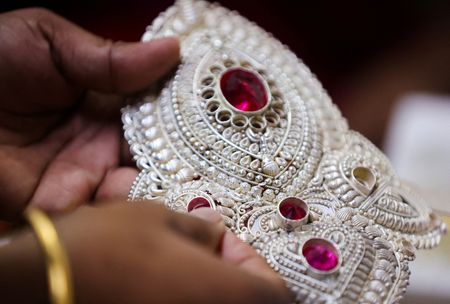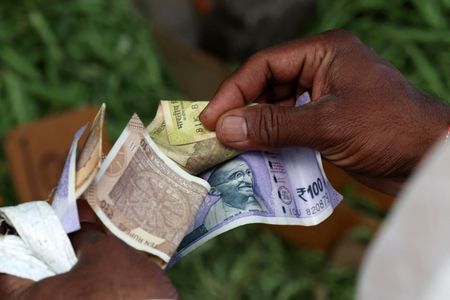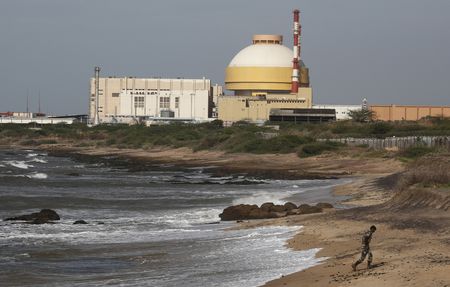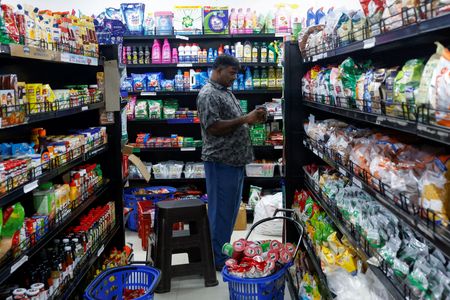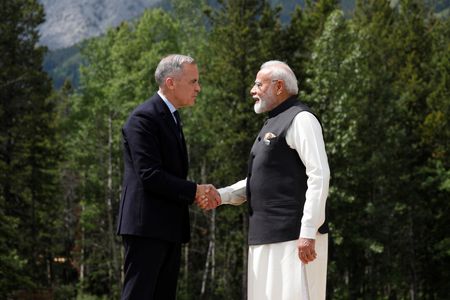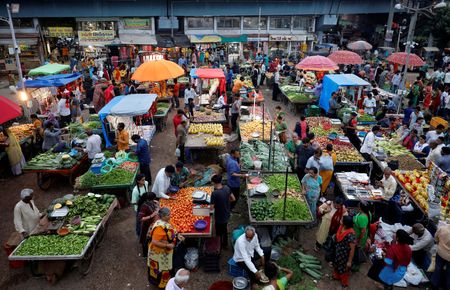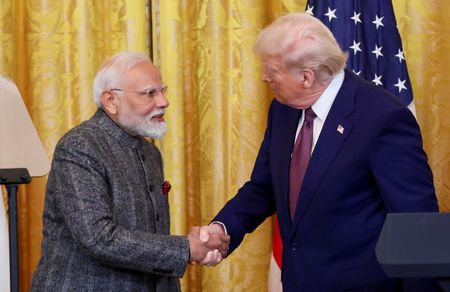By Rajendra Jadhav
MUMBAI (Reuters) -Silver is trading at a steep premium in India over global prices, as the world’s biggest consumer of the precious metal grapples with surging demand from millions of investors.
The premium has jumped to as much as 10% over global prices, prompting physically backed exchange-traded funds to suspend new subscriptions.
At the same time, jewellers are struggling to meet strong demand ahead of Diwali, the Hindu festival of lights, when silver purchases traditionally surge.
WHY IS THERE A SHORTAGE OF SILVER?
Global silver demand has outstripped supply for the past four years, using up the surplus produced in the previous five years. Even in 2025, supply is struggling to keep pace, as about 70% of silver is a by-product of mining other metals, limiting how quickly output can respond to price increases.
Amid the supply crunch, industrial demand, especially from renewable energy and high-tech sectors, continues to grow.
The gap between supply and demand has drawn significant investment, including purchases of physically backed ETFs, coins, and bars, further widening the structural deficit and pushing prices to new record highs.
The market has been further strained by a surge in silver shipments to the United States after its inclusion in a draft U.S. critical minerals list in September.
WHY IS INDIA BEING BADLY HIT BY THE SILVER SHORTAGE?
India, the world’s largest consumer of silver, uses the metal in silverware, jewellery, coins, bars, and industrial applications from solar energy to electronics. It relies on imports to meet more than 80% of its demand.
In the first eight months of 2025, silver imports fell 42% to 3,302 tons, while investment demand, especially from ETFs, soared to record levels. This surge absorbed the surplus imported in 2024, creating a shortage that now needs to be met through additional overseas shipments.
WHY IS INDIA UNABLE TO IMPORT LARGE QUANTITIES OF SILVER?
In India, the hefty premium at which silver is trading over futures prices would under normal circumstances encourage banks to boost imports to take advantage of the cash premium.
But limited supplies from major producing countries, strong industrial and investment demand, and logistical bottlenecks have tightened the physical market in key trading hubs. In London, lease rates, or the cost of borrowing physical silver, have risen to more than 30%.
WHY HAVE INDIAN ETFS SUSPENDED NEW SUBSCRIPTIONS?
Silver ETFs saw a record inflow of 53.42 billion rupees in September, a trend that continued into early October. Under regulatory rules, physically backed ETFs must hold the subscribed amount of silver in physical form, typically purchased from banks and bullion dealers.
But, when they tried to procure silver last week, they were forced to pay hefty premiums.
These premiums have increased the cost of acquisitions for new subscribers. To protect investors from paying inflated prices, ETFs have temporarily suspended new subscriptions.
HOW ARE OTHERS ADJUSTING TO THE SILVER SUPPLY SHORTAGE?
The shortage has made it nearly impossible for manufacturers to produce silverware, while coins and bars – popular festive gifts – are trading at steep premiums.
With investors expecting further price rises, few are willing to sell old holdings, keeping scrap supplies tight.
(Reporting by Rajendra Jadhav; Editing by Mayank Bhardwaj and Jan Harvey)

